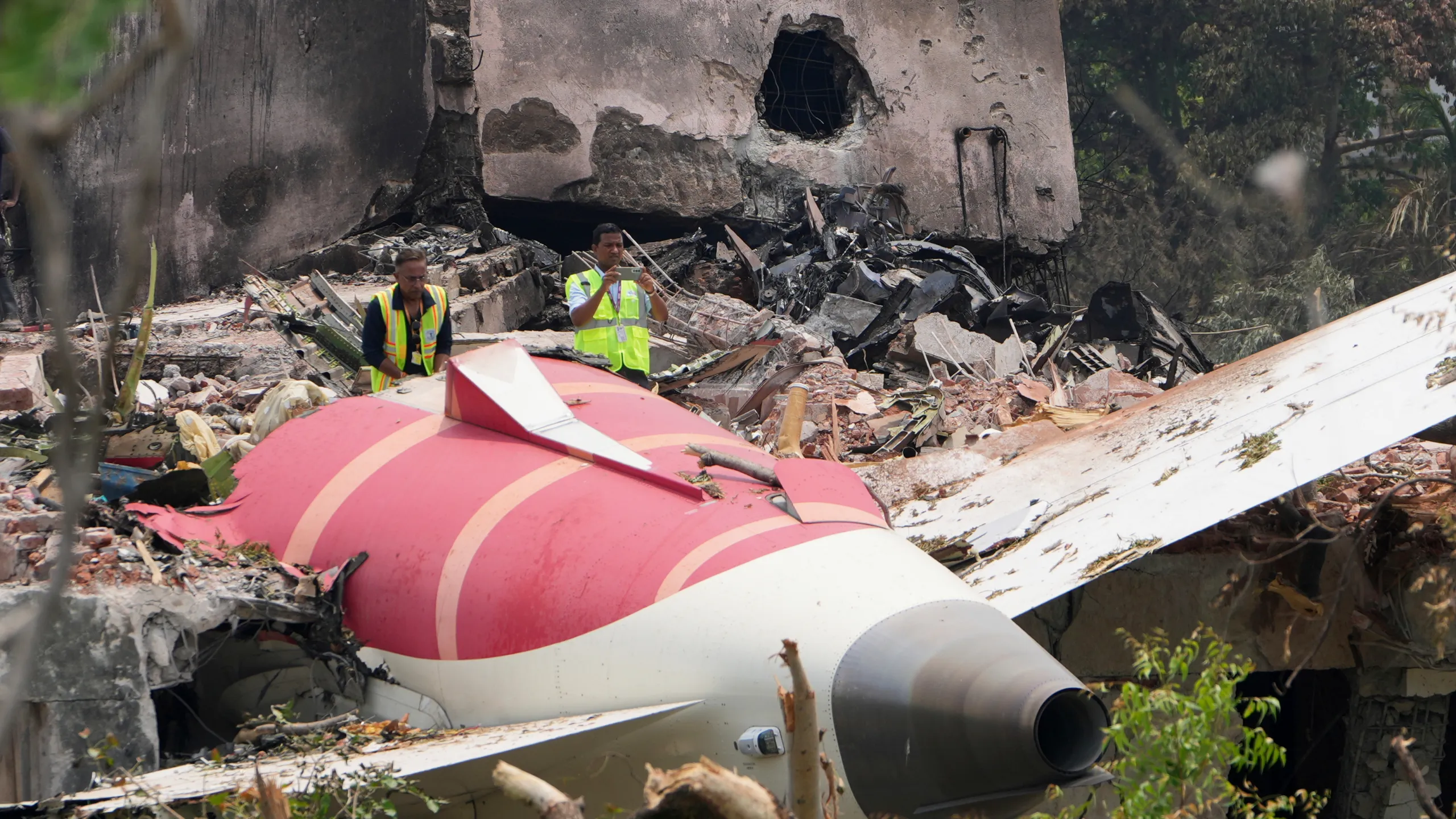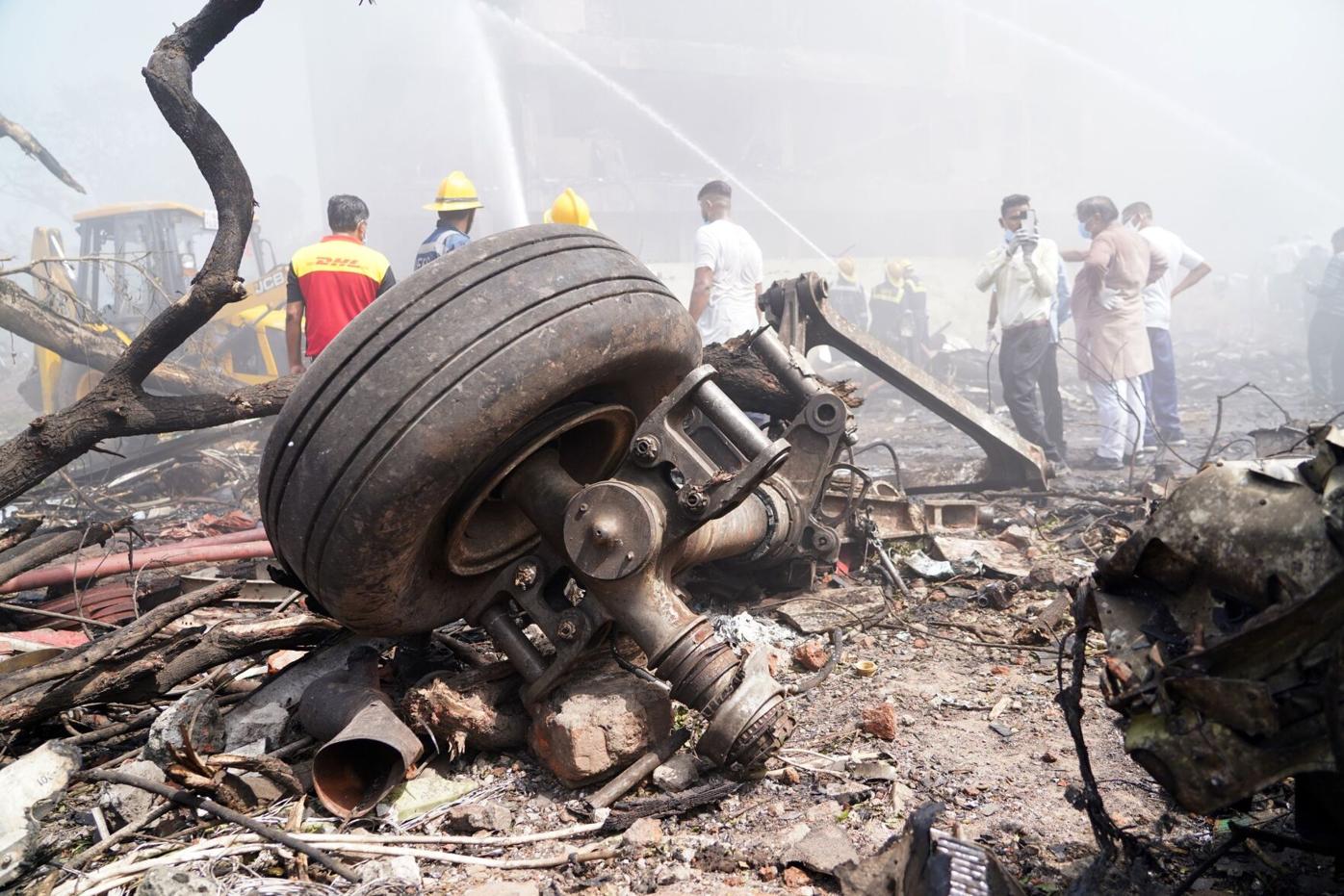A preliminary investigation into the devastating Air India crash last month has revealed that a fuel supply cut to both engines led to the deadly incident. The Boeing 787 Dreamliner, bound for London, crashed shortly after takeoff from Ahmedabad airport, killing 260 people, including some on the ground.
Only one passenger survived. The Aircraft Accident Investigation Bureau’s report, accessed by CNN, indicates that cockpit fuel control switches were accidentally moved to the “CUTOFF” position, starving the engines of fuel mid-ascent.
Fuel Cutoff Triggered Sudden Power Loss Despite Safeguards, Leaving Pilots Unable to Recover
According to data retrieved from the plane’s black boxes, the aircraft reached a speed of 180 knots before both engines were cut off within a second of each other. Cockpit audio captured one pilot asking the other why the cutoff occurred, to which the second pilot denied taking any such action.
Although the switches were quickly returned to the correct “RUN” position, it was too late for the engines to regain full power in time. The aircraft began descending, and emergency systems such as the Ram Air Turbine were deployed, confirming a critical loss of power.

The fuel cutoff switches on the 787 are typically protected by a locking mechanism and metal guards to prevent accidental operation. Aviation safety expert David Soucie emphasized that these switches are designed not to be moved unintentionally.
Such simultaneous accidental deactivation of both engines is described as extremely rare. Nevertheless, the failure led to a catastrophic engine shutdown just moments into flight, with the pilots attempting to restart the engines seconds before the crash.
All Systems Functioning Normally, Yet Catastrophe Struck Without Technical or Environmental Warning Signs
Investigators ruled out other possible causes for the crash. The engines were recently installed, and all onboard systems were found to be in proper working condition for takeoff. The fuel quality met safety standards, and there was no indication of bird strikes or external environmental hazards.
The aircraft’s takeoff weight was within permissible limits, and there were no dangerous goods aboard. Equipment settings like wing flap positions and landing gear were all appropriately configured at the time of takeoff.
Air India flight AI171 was carrying 242 passengers and crew from multiple nationalities, including Indian, British, Portuguese, and Canadian citizens. The crash also killed people on the ground after the aircraft struck the BJ Medical College and Hospital hostel.
The total death toll reached 260. Air India acknowledged receipt of the report and reaffirmed its cooperation with investigators. The airline expressed condolences and support for the victims’ families and stated its commitment to ensuring a thorough review and safety improvements.












Leave a Reply